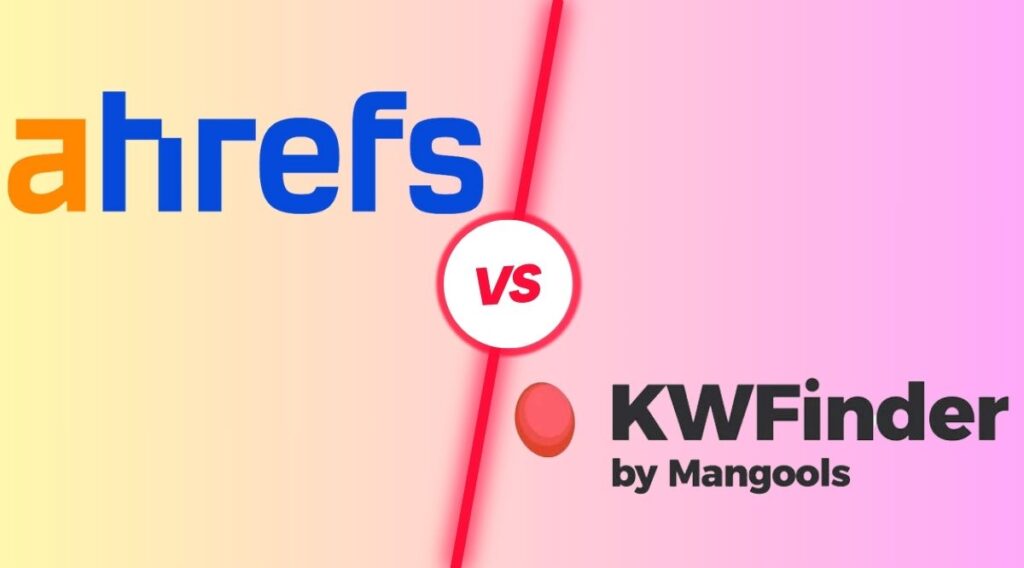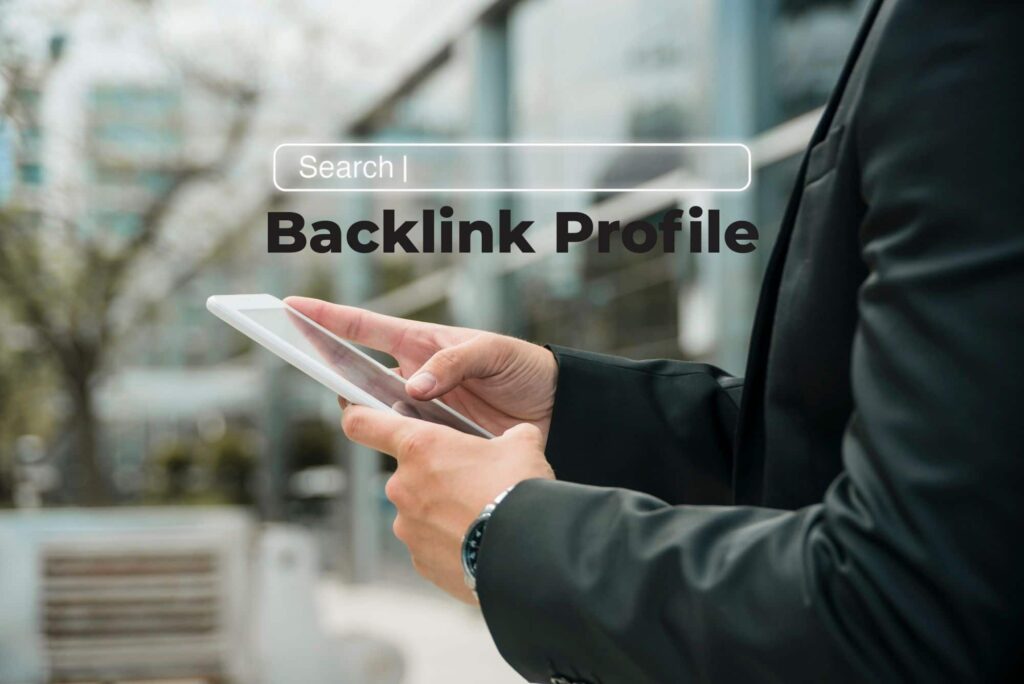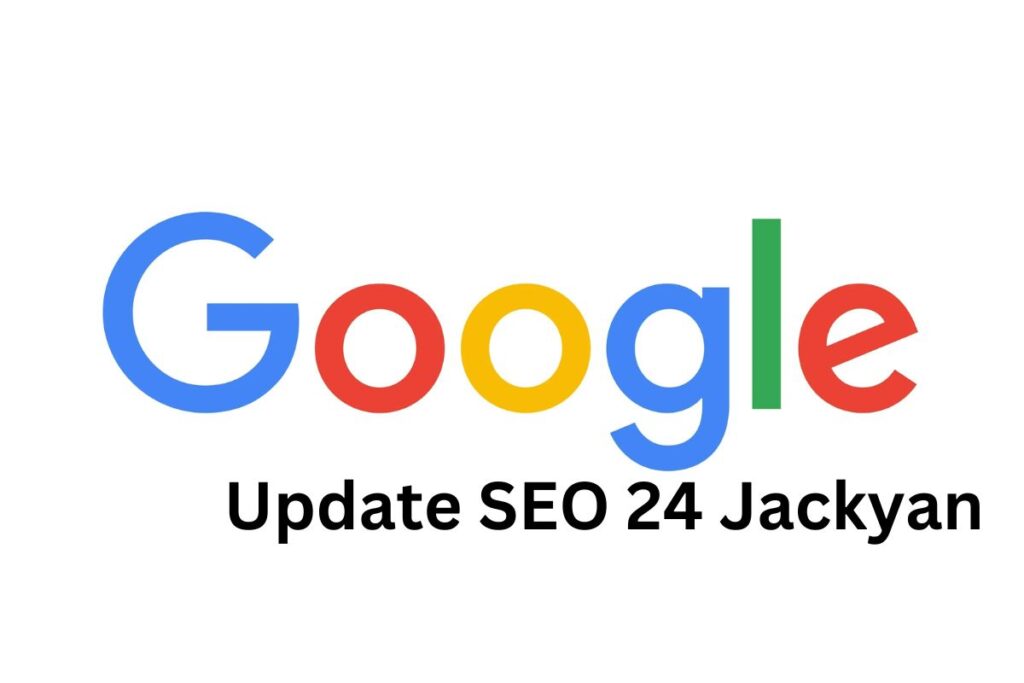In today’s quickly changing digital world, technological breakthroughs are driving a significant revolution in the insurance sector. Insurtech, a portmanteau of insurance and technology, has emerged as a disruptive force, reshaping traditional business models and revolutionizing the way insurance products and services are marketed and delivered to consumers. In this, we delve into the Challenges and Opportunities in Insurtech Marketing, exploring strategies for overcoming obstacles and harnessing the potential for growth and innovation.
Insurtech Marketing
Insurtech marketing encompasses the strategies and techniques employed by insurance technology companies to promote their products and services in a digitally-driven marketplace. The insurance industry’s embrace of innovation and digitalization has made marketing’s function all the more critical in terms of generating brand loyalty, improving consumer engagement, and accomplishing organizational goals.
Understanding the Insurtech Landscape
Insurtech has emerged as a disruptive force, challenging traditional insurance models with its agile, technology-driven approaches. The origins of insurtech can be found in the early years of the twenty-first century. As digital technologies proliferated and firms devoted to reimagining insurance procedures arose, insurtech gained traction. The need for more effective insurance solutions and rising customer demand for seamless digital experiences have driven the insurtech market’s explosive expansion in recent years. The worldwide insurtech market is expected to reach billions of dollars by the end of the decade, according to industry reports, underscoring its importance and potential influence on the insurance sector. A diverse array of players populate the insurtech landscape, ranging from tech startups to established insurance companies embracing digital transformation. These players leverage technology in various domains, including underwriting, claims processing, risk assessment, and customer engagement, reshaping traditional insurance processes and customer interactions.
Challenges in Insurtech Marketing
Regulatory Compliance
Navigating the intricate web of regulatory requirements presents a significant challenge for Insurtech marketers. With regulations varying across jurisdictions and subject to frequent updates, ensuring compliance can be complex and time-consuming. Insurtech companies must stay abreast of regulatory changes and proactively adapt their marketing strategies to remain compliant while avoiding regulatory penalties.
Building Trust and Credibility
Establishing trust and credibility is essential for Insurtech companies to gain traction in the market. With consumers increasingly wary of data breaches and privacy concerns, earning their trust is no easy feat. Insurtech marketers must prioritize transparency, ethical business practices, and robust data security measures to instill confidence in their target audience and differentiate themselves from competitors.
Customer Education
Consumers may need to become more familiar with the concept of Insurtech and the benefits it offers. Educating customers about the value proposition of Insurtech solutions, such as personalized policies, streamlined claims processing, and enhanced customer experiences, is crucial for driving adoption. Insurtech marketers must invest in educational initiatives to demystify their offerings and empower consumers to make informed decisions about their insurance needs.
Data Privacy and Security
When handling sensitive consumer data, Insurtech firms prioritize data security and privacy. Protecting consumer data from breaches and unauthorized access is crucial, given the rise in sophistication and frequency of cyberattacks. To gain consumers’ trust, insurtech marketers must put robust data protection mechanisms in place, follow industry best practices, and make clear their commitment to data security and privacy.
Competition from Traditional Players
Traditional insurance companies are increasingly embracing technology to remain competitive in the digital age. As established players enhance their digital capabilities, Insurtech startups face stiff competition and pressure to differentiate themselves in the market. Insurtech marketers must identify unique value propositions, leverage technology to deliver innovative solutions and tailor their marketing messages to resonate effectively with their target audience.
Opportunities in Insurtech Marketing
Embracing Technological Innovation
Adopting technological innovation to improve client experiences and optimize operations is one of the most significant potentials in Challenges and Opportunities in Insurtech Marketing. Insurtech firms can transform the insurance value chain by utilizing advanced technologies like blockchain, artificial intelligence, machine learning, and big data analytics. These technologies can transform different areas of the insurance industry, including underwriting, claims processing, customer support, and risk assessment. Insurtech marketers can get a competitive edge in the market, attract tech-savvy customers, and differentiate their offers by being on the cutting edge of technological innovations.
Personalization and Customization
Insurtech enterprises possess the potential to utilize data analytics and customer insights to provide individualized and bespoke insurance solutions that cater to the distinct requirements and inclinations of each client. By harnessing data-driven algorithms and predictive modeling, Insurtech marketers can offer personalized policy recommendations, pricing options, and coverage plans that resonate with consumers and drive engagement. By prioritizing personalization and customization, Insurtech companies can enhance customer satisfaction, loyalty, and retention rates, ultimately driving business growth and profitability.
Enhancing Customer Engagement
Customer involvement is essential in the digital era to establish trusting bonds and promote brand loyalty. Insurtech businesses can interact meaningfully with their clients by utilizing digital platforms like online forums, social media, and mobile apps. Through the provision of instructional materials, interactive resources, and tailored correspondence, Insurtech marketers may enable clients to make knowledgeable decisions regarding their insurance requirements and maintain a connection with their brand throughout the customer journey. By fostering active dialogue and engagement, Insurtech companies can build trust, loyalty, and advocacy among their customer base, driving long-term business success.
Expanding Access to Underinsured Markets
Insurtech companies have the opportunity to expand access to insurance coverage and financial protection for underinsured and underserved populations. By leveraging digital platforms, alternative distribution channels, and innovative business models, Insurtech marketers can reach new market segments and address unmet needs in areas such as microinsurance, peer-to-peer insurance, and on-demand insurance. By designing affordable, accessible, and inclusive insurance products, Insurtech companies can make a meaningful impact on society while unlocking new growth opportunities and revenue streams.
Collaborating with Ecosystem Partners
Insurtech companies have the opportunity to collaborate with ecosystem partners such as technology providers, data aggregators, and industry associations to drive innovation and create value for customers. By forming strategic partnerships and alliances, Insurtech marketers can access complementary resources, expertise, and distribution channels to accelerate product development, expand market reach, and enhance customer experiences. By fostering an open and collaborative ecosystem, Insurtech companies can unlock, mitigate risks, and capitalize on emerging trends and opportunities in the insurance market.
Strategies for Overcoming Challenges
- Compliance with Regulations: Insurtech companies must prioritize compliance with regulatory requirements and stay abreast of evolving legal frameworks to mitigate risks and ensure long-term viability. Investing in legal counsel and regulatory expertise is essential for navigating the complex regulatory landscape effectively.
- Education and Awareness Campaigns: Educating consumers about the benefits and functionalities of insurtech solutions through targeted marketing campaigns, educational content, and interactive experiences can help overcome barriers to adoption and foster greater consumer confidence.
- Building Trust through Transparency: Transparency and openness are paramount in building trust and credibility with consumers. Insurtech companies should communicate transparently about their business practices, data handling procedures, and security measures to alleviate concerns and foster trust.
- Implementing Robust Cybersecurity Measures: In an era of heightened cybersecurity threats, insurtech companies must prioritize the implementation of robust cybersecurity measures to safeguard customer data and protect against data breaches. Investing in state-of-the-art security technologies and conducting regular audits and assessments are essential for maintaining trust and compliance.
- Innovating Products and Services: Continuous innovation and product differentiation are essential for staying ahead in the competitive insurtech landscape. By leveraging emerging technologies, exploring new business models, and anticipating evolving customer needs, insurtech companies can differentiate their offerings and create compelling value propositions.
Strategies for Effective Insurtech Marketing
Targeted Digital Marketing Campaigns
Insurtech companies should invest in targeted digital marketing campaigns to reach their ideal audience segments effectively. Businesses may uncover important demographics, habits, and preferences to customize their messaging and content across digital channels, including social media, search engines, email marketing, and display advertising, by utilizing data analytics and consumer insights. Targeted campaigns enable Insurtech marketers to maximize ROI, optimize conversion rates, and generate qualified leads.
Content Marketing and Thought Leadership
In the Insurtech industry, content marketing is a potent tactic for gaining authority, fostering relationships, and interacting with target markets. By creating high-quality, educational content such as blog posts, whitepapers, case studies, webinars, and infographics, Insurtech companies can showcase their expertise, address customer pain points, and demonstrate the value of their products and services. Thoughtful content marketing efforts help Insurtech marketers attract and nurture leads, drive organic traffic, and position themselves as industry leaders.
Embrace Social Proof and User-generated Content
Gaining credibility and trust from prospective clients is primarily dependent on social proof and user-generated content. Insurtech companies should encourage satisfied customers to share their positive experiences through testimonials, reviews, and user-generated content on social media platforms, review websites, and industry forums. Leveraging social proof not only validates the efficacy of Insurtech solutions but also fosters authentic connections with prospects, driving brand loyalty and advocacy.
Harness the Power of Influencer Marketing
Influencer marketing is a valuable strategy that Insurtech companies may use to reach a wider audience and establish a connection with them through reputable voices and industry authority figures. By partnering with influencers, thought leaders, and subject matter experts in the insurance and technology sectors, Insurtech marketers can amplify their message, increase brand visibility, and drive engagement among highly relevant audiences. Working with influencers who share the same values as the company and cater to the target audience can have a significant impact on outcomes and build brand reputation.
Prioritize Customer Experience and Relationship Management
In the digital era, delivering exceptional customer experiences is paramount for driving retention, loyalty, and advocacy. To track interactions, personalize communications, and quickly respond to consumer questions and feedback, insurtech companies should place a high priority on customer-centricity and invest in solid customer relationship management (CRM) systems. By fostering meaningful connections and providing seamless experiences across touchpoints, Insurtech marketers can cultivate long-lasting relationships with customers and drive repeat business and referrals.
Continuous Monitoring and Optimization
Opportunities and Challenges in Insurtech Marketing: Optimizing results and responding to shifting market conditions necessitates an iterative process that involves constant observation, analysis, and optimization. Insurtech firms should use performance metrics and data analytics to evaluate marketing strategies, make informed decisions, and find areas for improvement. In the constantly changing world of insurance, marketers can remain responsive, adaptable, and one step ahead of the competition by adopting an agile and experimental culture.
Case Studies and Success Stories
Example 1: Disruptive Marketing Campaigns
One notable example of innovative Challenges and Opportunities in Insurtech Marketing is Lemonade. This digital insurance company utilizes behavioral economics principles and AI-driven chatbots to streamline the insurance buying process and enhance customer engagement. Lemonade’s disruptive marketing campaigns, such as its “Giveback” program and transparent pricing model, have garnered widespread attention and acclaim, positioning the company as a leader in the insurtech space.
Example 2: Customer-Centric Approaches
Metromile, a pay-per-mile car insurance provider, exemplifies the customer-centric approach to Challenges and Opportunities in Insurtech Marketing. By offering personalized insurance plans tailored to individual driving habits and mileage, Metromile appeals to cost-conscious consumers seeking flexible and affordable coverage options. Through targeted digital marketing efforts and strategic partnerships with ride-sharing companies, Metromile has successfully carved out a niche in the competitive auto insurance market.
Example 3: Technology-Driven Solutions
Oscar Health, a technology-driven health insurance startup, distinguishes itself through its focus on innovative digital solutions and member-centric experiences. From its user-friendly mobile app and telemedicine services to its personalized health coaching programs, Oscar Health leverages technology to simplify the healthcare journey for its members and differentiate itself from traditional health insurers. By combining cutting-edge technology with empathetic customer support, Oscar Health has achieved significant growth and market recognition in the insurtech sector.
Future Trends and Predictions
Several trends and predictions are poised to shape the future of Insurtech marketing:
Personalization at Scale
Personalization will continue to be a cornerstone of Insurtech marketing strategies, but with a focus on scalability and automation. Insurtech companies will leverage data analytics, AI, and machine learning algorithms to deliver hyper-personalized experiences across all touchpoints, from initial interactions to claims processing. By tailoring products, pricing, and messaging to individual preferences and needs, Insurtech marketers can enhance customer engagement, satisfaction, and loyalty.
The rise of Usage-Based Insurance (UBI)
Insurtechs should analyze marketing metrics to optimize campaigns. By offering personalized insurance premiums based on actual usage patterns, driving habits, and risk factors, Insurtech marketers can attract a broader audience, including younger drivers and low-mileage customers. UBI has the potential to disrupt traditional insurance models and drive innovation in pricing and underwriting.
Emphasis on ESG (Environmental, Social, and Governance) Factors
ESG considerations will take precedence in the marketing strategies of insurtech companies as customers grow more socially and ecologically sensitive. Insurtech marketers will highlight sustainability initiatives, community engagement efforts, and ethical business practices to resonate with socially responsible consumers. By aligning with ESG principles and communicating their commitment to corporate responsibility, Insurtech companies can enhance brand reputation, attract socially conscious customers, and drive positive societal impact.
Expansion of Digital Distribution Channels
Digital distribution channels will continue to play a significant role in Insurtech marketing, with a focus on expanding reach and accessibility. Insurtech companies will leverage online platforms, mobile apps, and digital marketplaces to reach underserved markets, engage with digital-native consumers, and streamline the insurance purchasing process. By offering seamless, omnichannel experiences, Insurtech marketers can cater to diverse customer preferences and capture market share in an increasingly digital-first world.
Integration of Insurtech with Other Industries
Insurtech will increasingly intersect with other industries, including healthcare, fintech, and automotive, to deliver integrated solutions and enhanced value propositions. Insurtech companies will collaborate with ecosystem partners to offer bundled services, such as insurance coverage embedded within healthcare apps or automotive platforms. By leveraging across industries, Insurtech marketers can unlock new growth opportunities, drive innovation, and create seamless customer experiences.
Focus on Cyber Insurance and Data Security
As cyber dangers and data breaches increase, cyber insurance will become more and more critical for both individuals and organizations. Insurtech companies will develop innovative cyber insurance products and risk management solutions to address evolving cybersecurity threats and protect against financial losses. Insurtech marketers will emphasize the importance of data security and privacy in their marketing messages, positioning cyber insurance as a critical component of comprehensive risk management strategies.
Conclusion
In conclusion, the landscape of Challenges and Opportunities in Insurtech Marketing is characterized by a dynamic interplay of challenges and opportunities fueled by technological innovation, changing consumer expectations, and regulatory complexities. To thrive in this rapidly evolving environment, insurtech companies must embrace agility, innovation, and customer-centricity in their marketing strategies, leveraging advanced technologies, strategic partnerships, and data-driven insights to differentiate themselves and drive sustainable growth. Insurtech marketers may set themselves up for success in the changing insurance business by tackling the issues raised in this article and seizing the chances it presents.
Frequently Asked Questions (FAQs)
What are the Challenges and Opportunities in Insurtech Marketing?
The term “challenges and opportunities in insurance marketing” describes the methods and approaches used by insurance technology companies to advertise their goods and services in a market that is dominated by the Internet.
What are some challenges faced by insurtech companies?
Challenges faced by insurtech companies include regulatory hurdles, limited customer awareness, trust and credibility issues, data privacy and security concerns, and competition from traditional players.
How can insurtech companies overcome regulatory challenges?
Insurtech companies can overcome regulatory challenges by prioritizing compliance, investing in legal counsel, and staying abreast of evolving legal frameworks governing the insurance industry.
What are some effective marketing tactics for insurtech companies?
Effective marketing tactics for insurtech companies include content marketing, social media engagement, influencer partnerships, SEO, and email marketing.
What are some future trends in Challenges and Opportunities in Insurtech Marketing?
Future trends in Challenges and Opportunities in Insurtech Marketing include advancements in artificial intelligence and machine learning, blockchain technology, usage-based insurance models, enhanced customer engagement platforms, and predictive analytics.



































